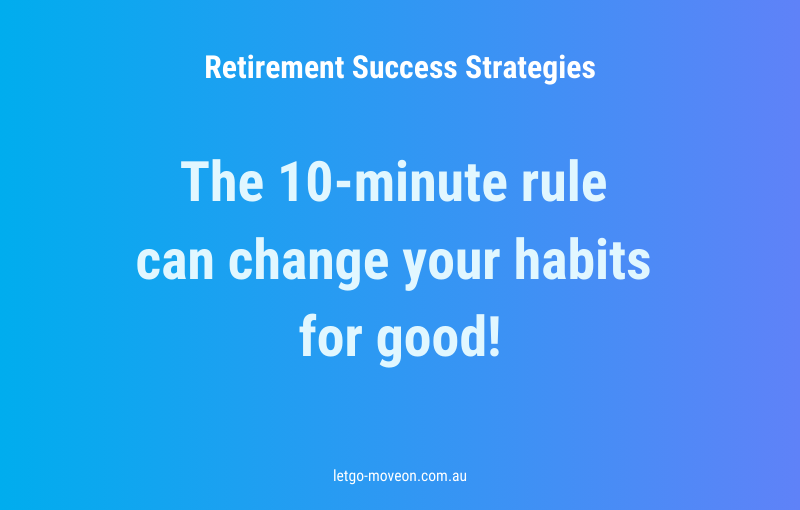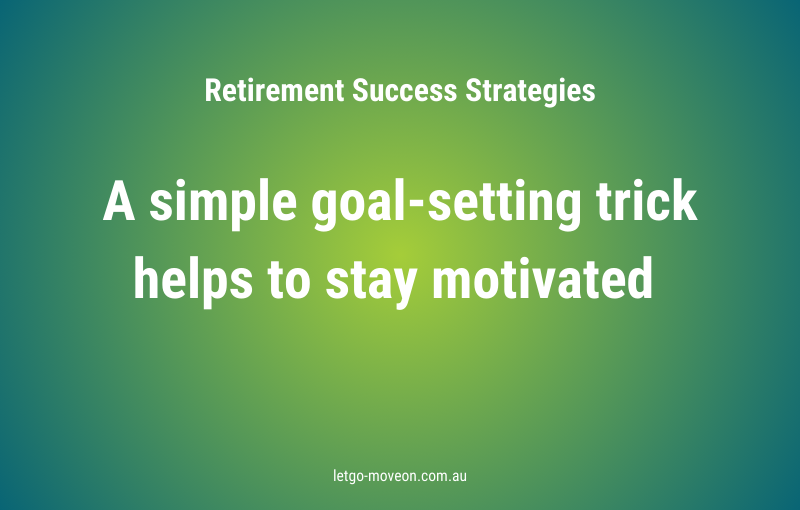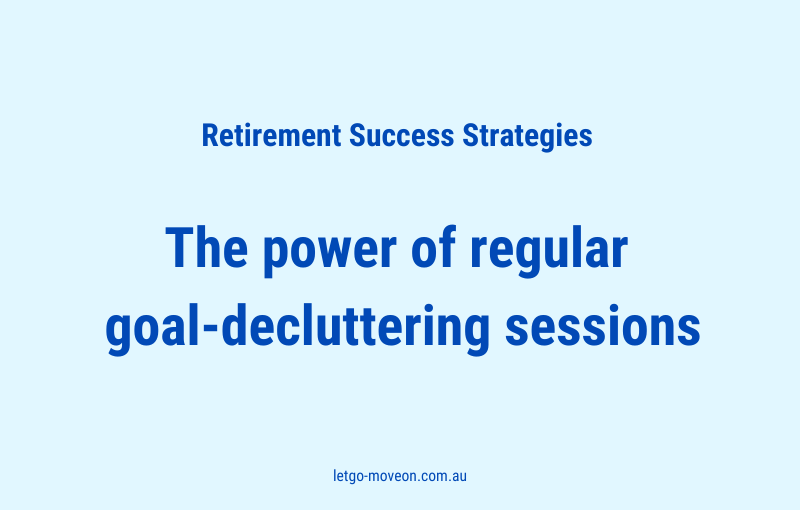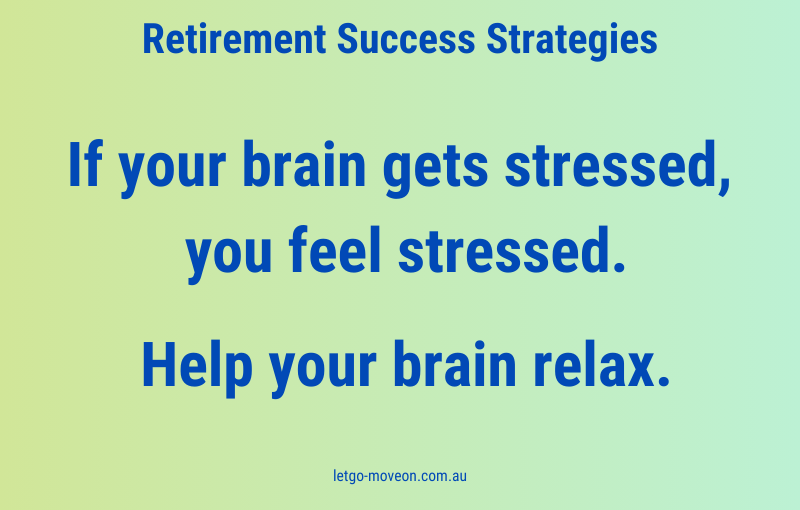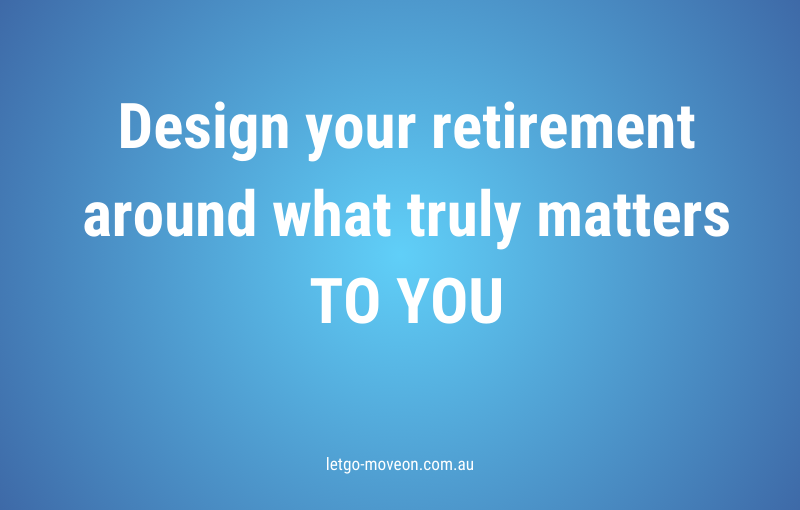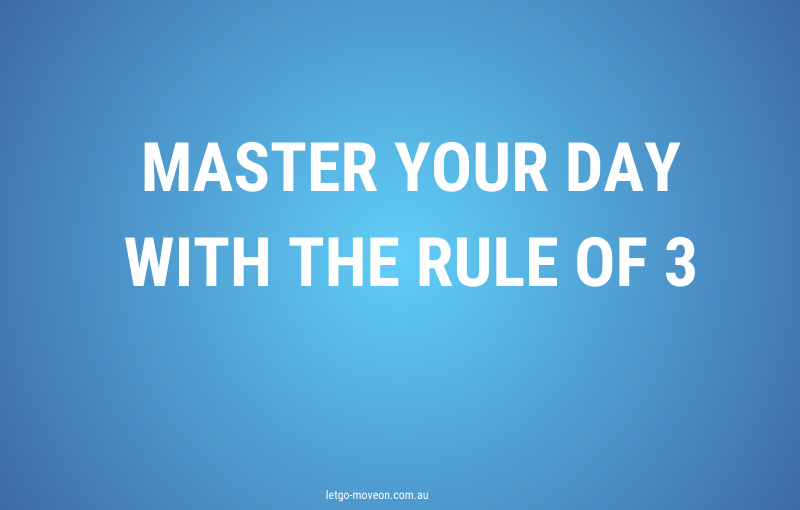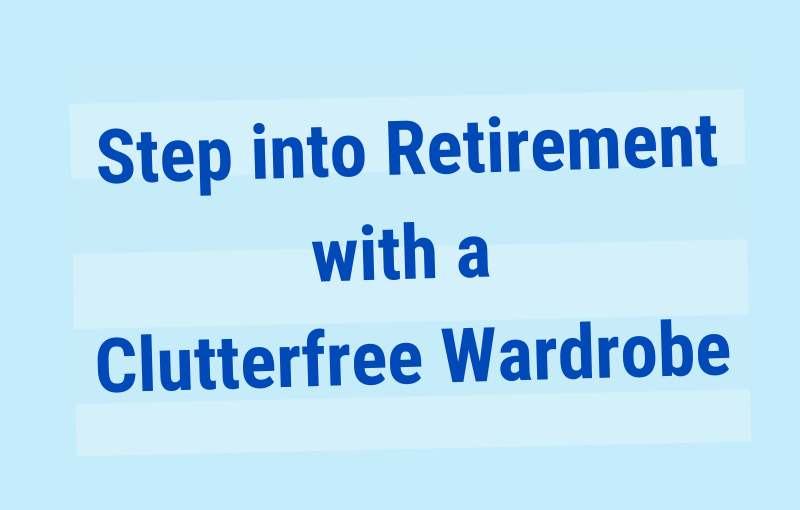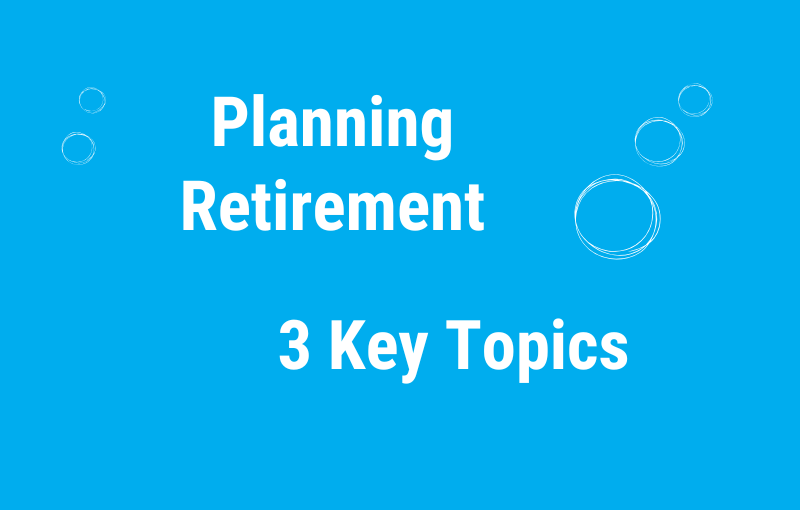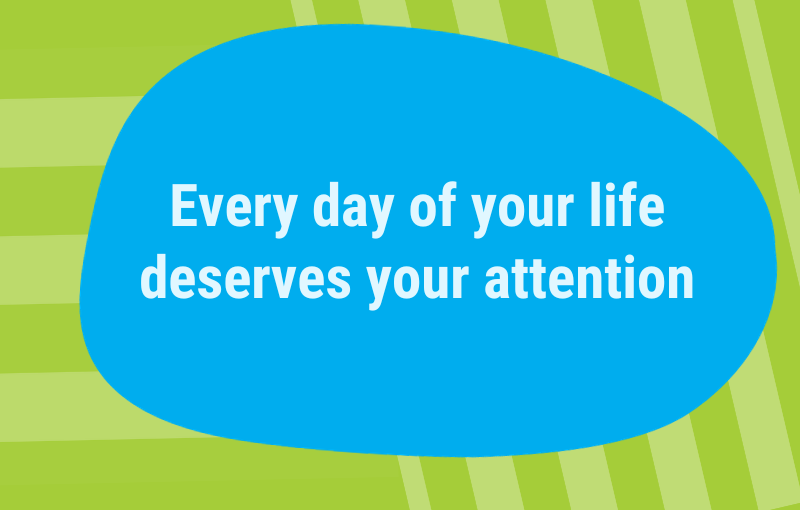Break bad habits easily: The 10-minute rule for retirees
Breaking an unwanted habit doesn’t have to be overwhelming. A simple and effective technique is postponing the habit for 10 minutes. This small shift can make a huge difference in changing behaviours and regaining control.
How the 10-Minute rule works
Instead of forcing yourself to quit a habit abruptly, practice delaying it. When the urge arises, tell yourself, “Not now, but in 10 minutes.” This small delay reduces impulse actions and gradually weakens the habit.
Example 1: Reducing screen time
Many retirees find themselves reaching for their phones out of boredom, stress, or habit. Instead of immediately checking notifications, try this:
-
- When you feel the urge to grab your phone, pause and say, “Not now. I’ll check it in 10 minutes.”
- Place your phone in another room or face down to resist temptation.
- Set a visual reminder on your lock screen, such as a motivational quote or calming image.
After 10 minutes, you may realize that the urge has passed, and you no longer feel the need to check your phone.
Example 2: Cutting back on coffee
If you want to reduce caffeine intake, applying the 10-minute rule can help:
-
- Place a sticky note near your coffee machine with the words, “Not now.”
- When you feel like having another cup, delay it by 10 minutes.
- Engage in a different activity, like drinking water or stretching, to distract yourself.
Over time, you might find yourself drinking less coffee without feeling deprived.
Why This Method Works
The goal isn’t to completely eliminate the habit immediately. Instead, postponing it weakens its automatic nature. Here’s why this technique is effective:
-
- Reduces impulsive actions by giving you time to reconsider.
- Breaks the cycle by delaying instant gratification.
- Increases self-awareness of triggers and habitual behaviours.
- Encourages mindful decisions rather than acting on autopilot.
Small delays lead to big changes
By using the 10-minute rule, you take small yet powerful steps toward breaking unwanted habits. Over time, you might even forget to indulge in them at all! Try this technique today and notice the difference in your daily routines.
If you are determined to enjoy a meaningful retirement, my newsletter ‘Retirement Success Strategies for Professionals’ is for you.
Every week, I will share proven strategies & practical tools that will help you create the retirement life you want.

